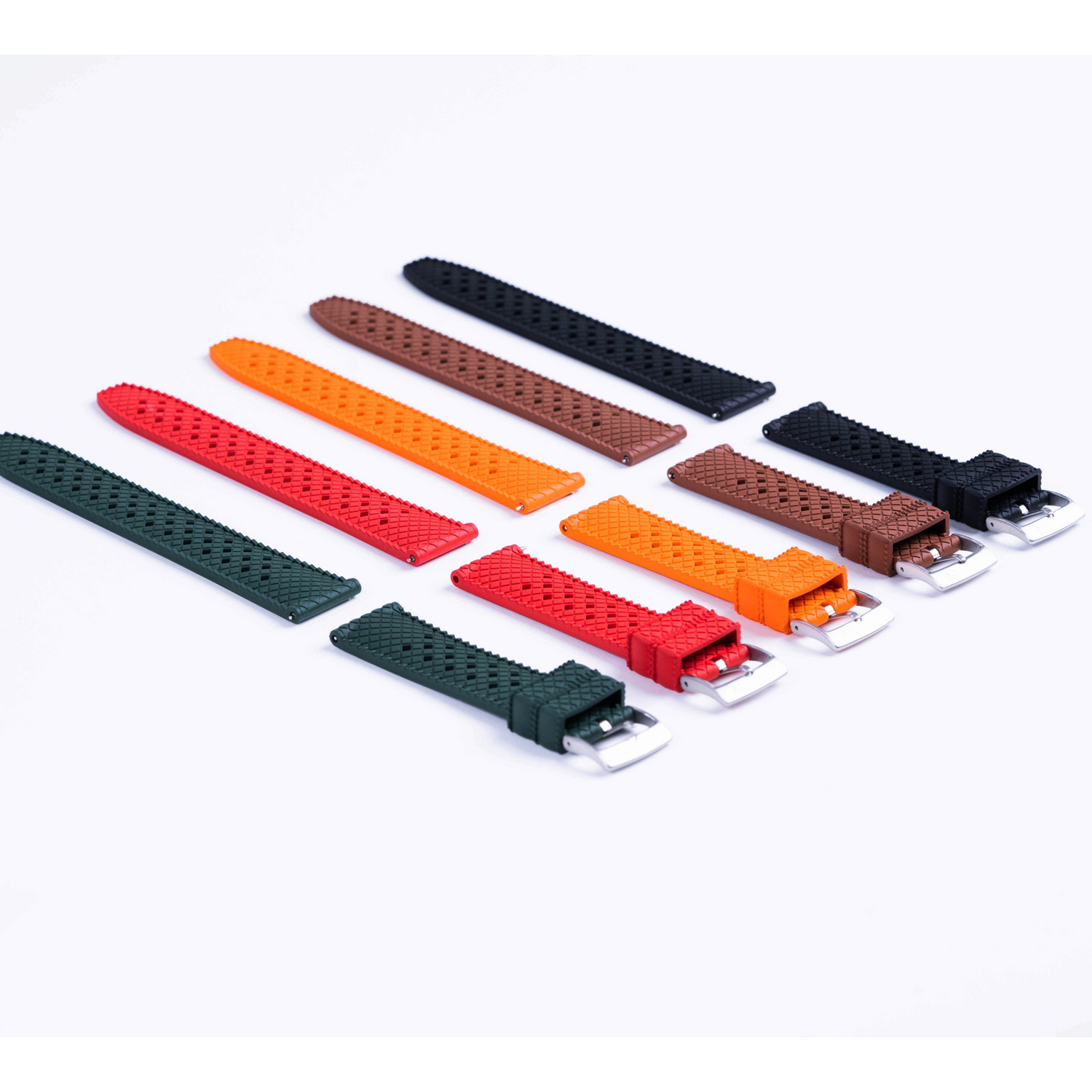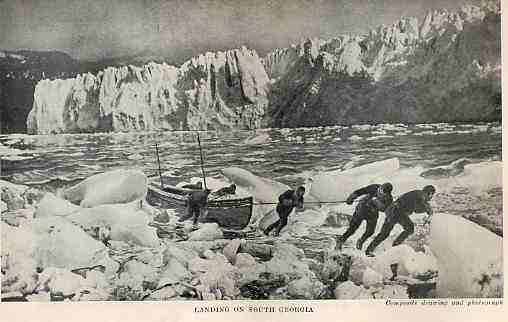Turas is an Irish word meaning, journey or expedition. It’s a name chosen with careful consideration to sum up the timeless, robust elegance of our latest watch, because it’s not just about the timepiece.
In creating the Turas 914 we also wanted pay homage to two of Nomadic’s most treasured heroes – the explorer, Ernest Shackleton and his wingman, Tom Crean. Both Irish in one way or another and both exemplars of unfailing determination and exceptional leadership judgement in the face of overwhelming odds against survival.
The 914 of the watch’s name references 1914, the year Shackleton and his men set sail aboard Endurance, their ship that would eventually become trapped and crushed in polar ice.

Few tales are as compelling or inspiring as the story of the 1914 Trans-Antarctic expedition. The remarkable saga of survival, resilience, and human spirit has captured the imagination of generations.
Shackleton was consumed by a desire to conquer the last great terrestrial challenge: being first to reach the South Pole, but his ambition shifted to another feat when Roald Amundsen beat him to the Pole in 1911. Shackleton then set his sights on making a historic first traverse of the icy continent, crossing from the Weddell Sea to the Ross Sea via the Pole.
He meticulously planned the expedition, selecting a diverse crew with expertise in various fields essential for survival in the harsh Antarctic environment. Included among them was Tom Crean, a native of County Kerry who had been with Shackleton on Robert Scott’s Nimrod expedition 11 years earlier.

The expedition ship, Endurance, was a wooden vessel, but designed to withstand the pressures of pack ice and polar conditions. On August 8th 1914, it set sail from England, bound for Antarctica. After a long and arduous journey, the ship arrived at Grytviken, South Georgia, on November 5th 1914. From there, they embarked on the next phase of their expedition, preparing to cross the frozen continent.
However, the elements were unyielding, and the Weddell Sea was filled with thick pack ice, making progress slow and treacherous. As winter approached, Endurance became stuck in the ice, trapping the crew and altering the expedition's course drastically.
For several months, they fought to free the ship from the ice, but without success. As it slowly crushed the ship, Shackleton made the heart-wrenching decision to abandon the vessel on October 27th 1915. The crew salvaged what they could, setting up camp on the ice and watching as the Endurance was consumed by the landscape’s icy grip.
Facing the harshest of conditions of the Antarctic winter, the crew survived on a drifting ice floe for months, battling freezing temperatures, hunger and isolation. Shackleton's leadership and unyielding optimism kept morale up, helping the crew endure the extreme challenges faced.

In April 1916, as the ice began to break up, the crew launched their lifeboats and set sail for Elephant Island, a remote and inhospitable outpost. Shackleton, demonstrating amazing determination, then set out on an astonishing 830-mile journey with five men in a small lifeboat - the James Caird - to reach South Georgia and seek help.

Against all odds, the crew arrived at their destination on May 10th 1916, after a gruelling journey across the Southern Ocean. Shackleton and two others then embarked on a perilous 36-hour trek across the island's mountainous interior to reach the whaling station at Stromness.
Shackleton's spirit and remarkable leadership is what we celebrate with the launch of our new watch, the Turas 914. Not a single man’s life was lost during the expedition, a testament to human perseverance and the power of camaraderie in the face of adversity.
The entire story of the adventure stands true today as a triumph of survival, pragmatism energy and resilience - qualities we believe will give the Turas 914 an equally enduring legacy.





